In today’s high-tech world, static electricity is more than just a small spark—it’s a multi-million-pound risk. From advanced electronics manufacturing to medical devices, automotive systems, aerospace, and logistics, electrostatic discharge (ESD) can damage components, disrupt production, and threaten both safety and reliability. Effective static control has never been more critical.

The Hidden Threat of Electrostatic Discharge (ESD)
Electrostatic discharge occurs when two objects with different electrical charges come into contact or close proximity. While the human body may only notice a static shock at 3,000 volts or more, sensitive electronic components can be destroyed by as little as 30 volts. With today’s microelectronics becoming smaller and more powerful, their tolerance for ESD is dropping—making robust ESD protection essential.
Costly Consequences Across Industries
- Electronics Manufacturing – Static discharge can silently damage semiconductors, leading to latent failures and costly product recalls.
- Automotive & Aerospace – Modern vehicles and aircraft rely heavily on electronics; ESD-related faults can compromise safety and performance.
- Medical Devices – From pacemakers to diagnostic equipment, reliability is paramount. Static control for medical devices prevents life-threatening failures.
- Logistics & Packaging – ESD-safe packaging and handling reduce risks during storage and transport, while also preventing fire hazards in volatile environments.
Why Static Control Is More Urgent Than Ever
- Miniaturisation of Components – Smaller circuits are more sensitive, leaving no margin for uncontrolled discharges.
- Global Supply Chains – Failures at any stage—manufacturing, shipping, or assembly—can cascade into costly disruptions.
- Safety & Compliance – Industries face stricter regulations and standards; effective static control solutions are no longer optional.
- Sustainability & Cost Reduction – Preventing waste through better ESD solutions reduces scrappage, rework, and environmental impact.
Modern Solutions for Static Control
Static control has evolved far beyond temporary sprays or metal fillers. Permanent, low-cost coatings such as ProShield ESD now provide uniform, reliable, and maintenance-free protection across a wide range of substrates—plastics, foams, floors, and packaging. This innovative approach ensures full lifecycle protection without degradation or costly reapplication.
Why We Are Different
Unlike traditional carbon or metal-filled paints, which degrade quickly and shed contaminants, ProShield ESD offers permanent, homogeneous dissipation without the drawbacks of fillers. Our coating is engineered to be low-cost, sustainable, and effective across multiple substrates—from plastics and foams to paper, cardboard, and flooring. This means fewer reapplications, lower lifecycle costs, and more reliable protection. By combining affordability with consistent long-term performance, ProShield ESD sets a new standard in modern static control.
Static control is not a one-time fix—it’s a long-term strategy. Businesses that prioritise effective ESD protection reduce downtime, cut costs, and protect their reputation for quality. In industries where precision, safety, and reliability are everything, controlling static isn’t just important—it’s mission-critical.
For more information visit: https://proshieldesd.com/ https://www.conformalcoating.co.uk/proshield-esd-coating/

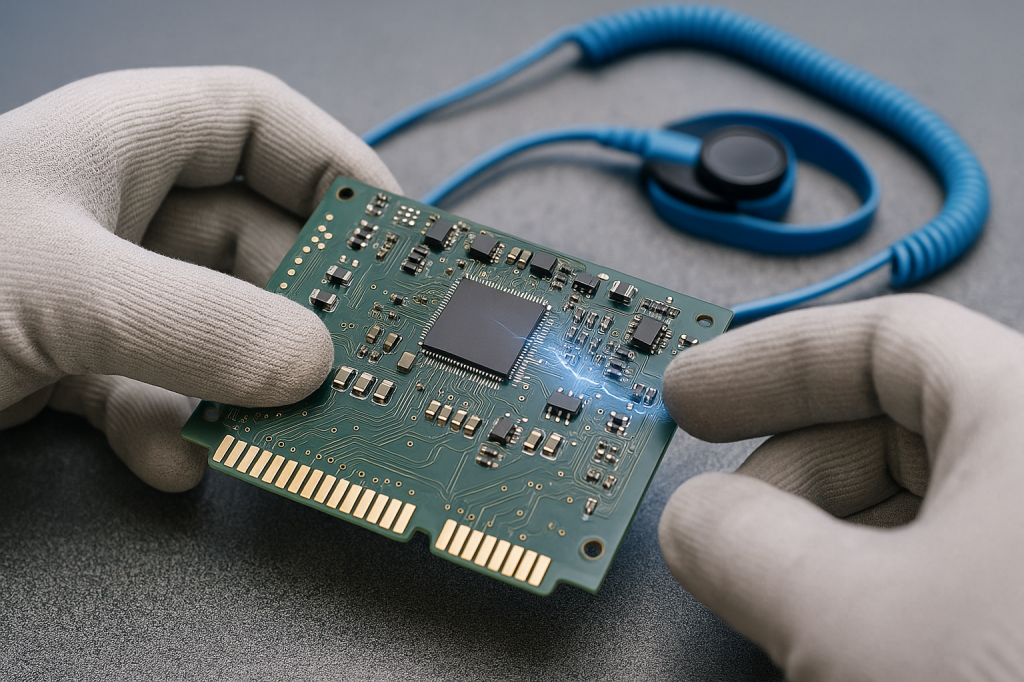
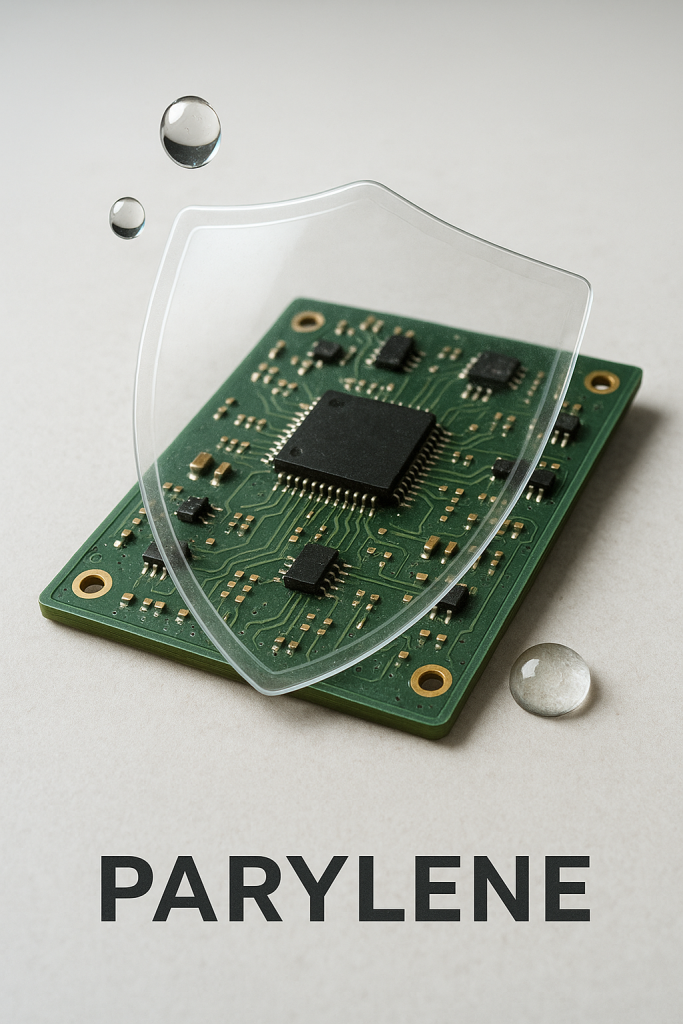

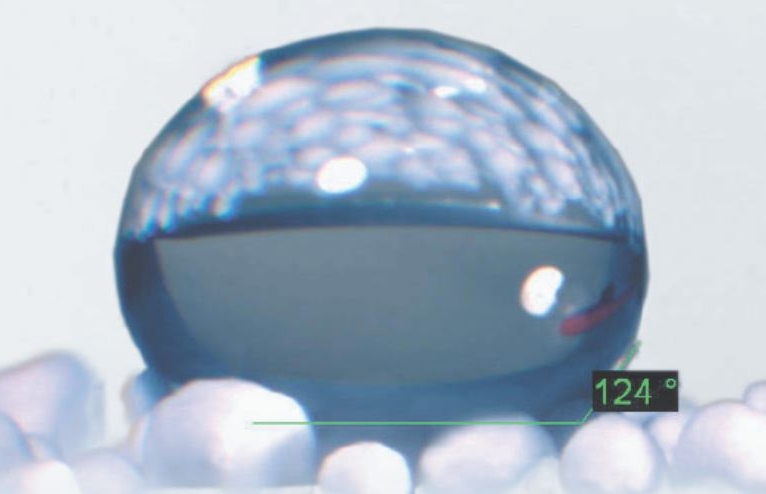

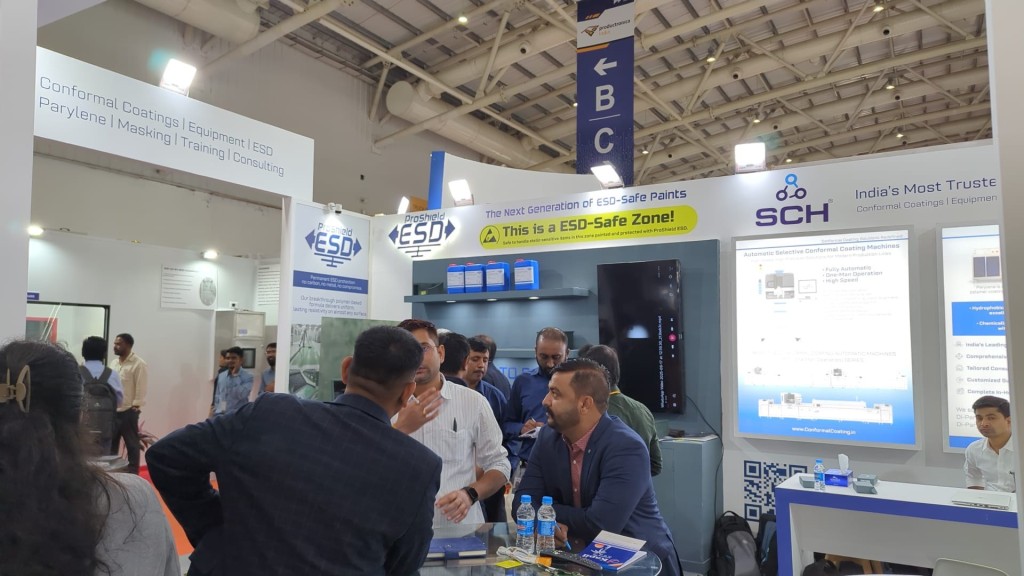

 Media & Technical Enquiries:
Media & Technical Enquiries: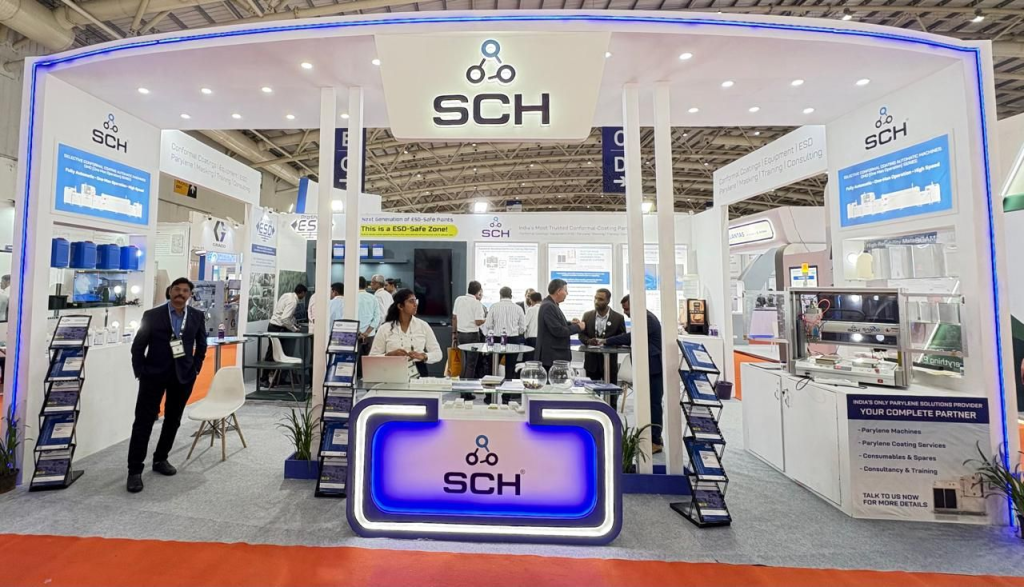

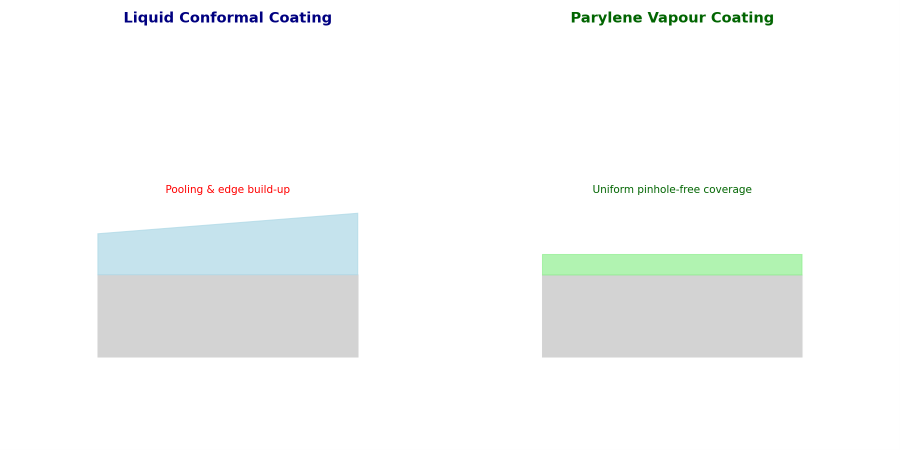
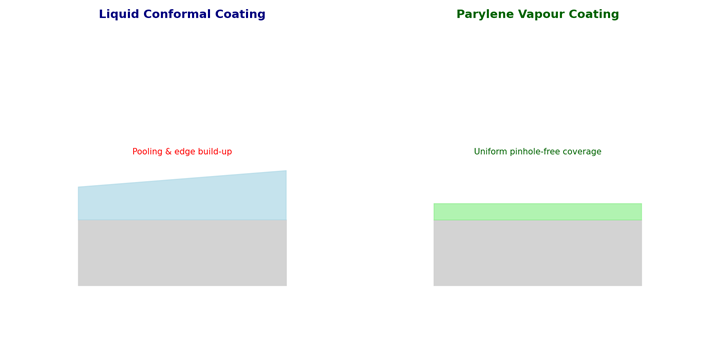

 Get in touch today to learn how Parylene can protect your products and how SCH can support your coating requirements.
Get in touch today to learn how Parylene can protect your products and how SCH can support your coating requirements.


